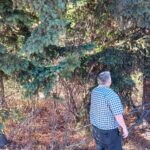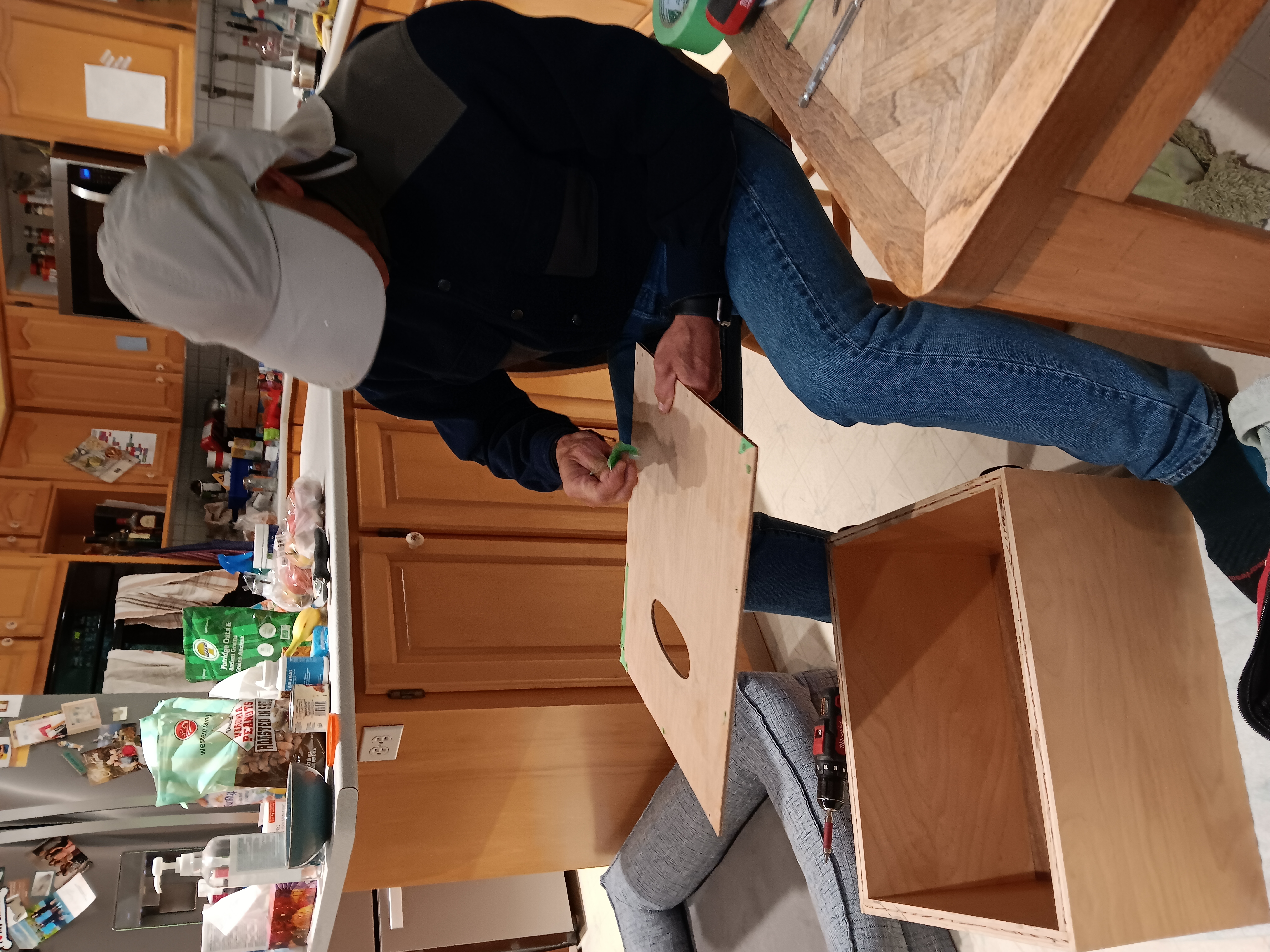The book came highly recommended. One of my favorite Ed program professors Glen Thielman, as well as a close colleague Jill Pearson recommended the book “Braiding Sweet Grass” by Robin Wall Kimmer. The book is written by a Potawatomi woman who spent her life in close relations with wild pant life. Her story connects with me on so many levels. The true joy from reading this book is an alternate perspective on reality. Where I see trees as resources, she sees them as friends. I’d like to share a central theme from her with my students; The Gift Economy.
I’ve heard the term “Gift Economy” (GE) before, but it took the series of stories intertwined in the novel for me to truly understand it. The story that stands out to me most, is the one where she leads a group of college med students into the woods for a weeklong camping trip. The students bring the necessities, and over the course of the week the students learn about how these “necessities” are provided by mother nature. I am blown away, that cattails can be used to weave matts, shelters, dried for timber, used as torches, or eaten! Did you know that cattails have a potato like root system? I certainly did not.
The first step it seems is going looking. In my word, I’ve always gone looking in my cupboards, which inevitably lead me back to the store. Food comes wrapped in plastic for me, and always creates waste. In contrast, food taken from cattails only leaves behind organic material, which many organisms can feed on. Additionally, there is a use for every piece of the cattail, so any stalk taken, leaves only useable material, not waste.
With mother nature as our exemplar, it’s hard to imagine living up to those standards. What could I do with the plastic wrap that I carry my potatoes in? I can’t think of a use, so it ends up in the trash.
Kimmer outlines that the unique thing humans can give, is gratitude. We can be thankful for the gifts that we receive from nature. I think that we are also unique in our ability to feel shame for the devastation that we cause. People recognize this devastation, either openly and feel shame, or repress it and feel anger. I think that’s why you see so much climate change denial on the right-centrist, and so much climate apology on the left-centrist side of political spectrums.
In a gift economy, everything is given freely, but what is taken comes with responsibility. While you might take what you need, you also must leave what you don’t as to provide for another. While you take this with you, you must consider what good things you will add to the world.
My in laws are also exemplars of the gift economy. Every Saturday they volunteer at Red Cross sorting their donation shelves. In addition to that, they work a hay farm, and sell the hay well below market value so that local farmers can afford to feed their herds. My in-laws have worked as public servants their whole lives, and have accrued a healthy pension, so finances aren’t a big concern for them. I see pension plans as an important part of the gift economy, as it allows people to give, then receive. In a safe financial situation, you can give yourself to your community, but also draw on your community safely.
I want to teach my students about this world view. I think that outdoor studies, and recounting the uses of cattails is a good star. There is no shortage to wetlands, and the cattails themselves need to be pruned from time to time, otherwise the plant material will build up and prevent water from settling in the space in future rains.



